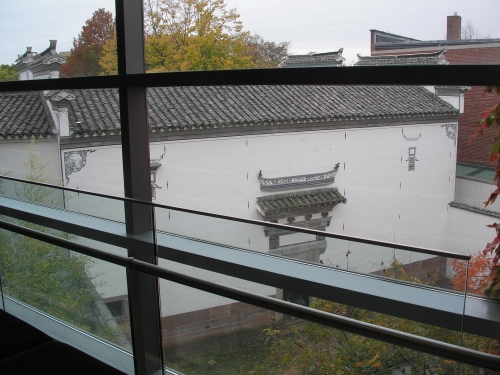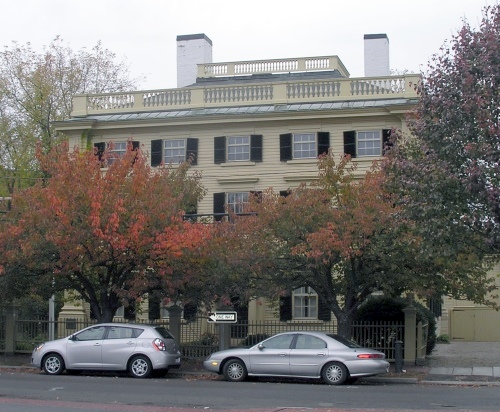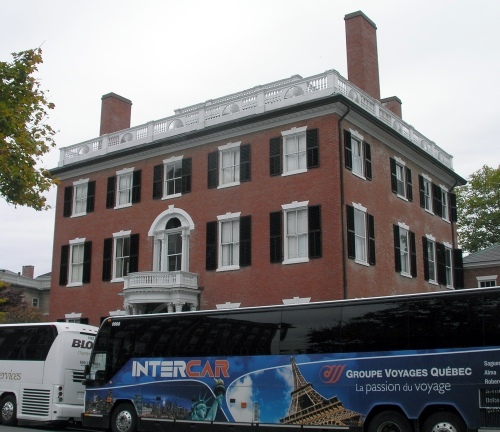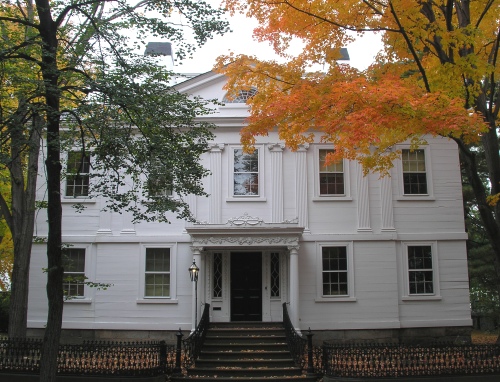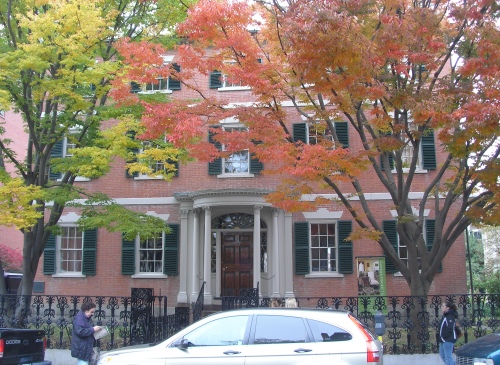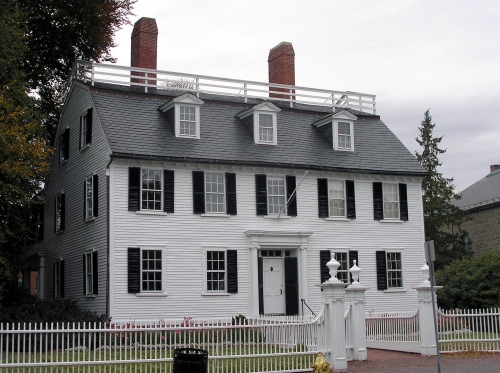Daniel Bray House (1776)
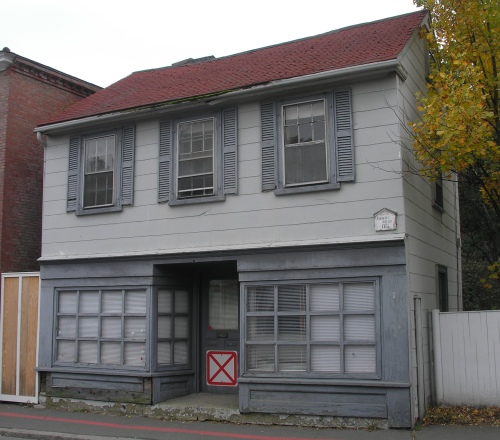
The house at 1 Brown Street in Salem, which has been vacant for several years and has an unsafe building mark on its door, was built in 1776 for Daniel Bray. A master mariner who sailed as ship’s master on several vessels owned by merchant John Derby, Bray built the house on land owned by his family, which he later purchased in 1770. After retiring from the sea, Bray managed Derby Wharf in Salem. The house remained in Bray’s family after his death in 1798 until 1856 and was then owned by the Kelley family until 1901. It was probably around 1902 that the front of the house was converted for shop space, serving first as a grocery store and then, at different times, as gift shops or for offices. Since 1983, it has been owned and rented out by the Peabody Essex Museum, which is currently investigating the architectural history of the house and will determine how best to use the structure in the future.
